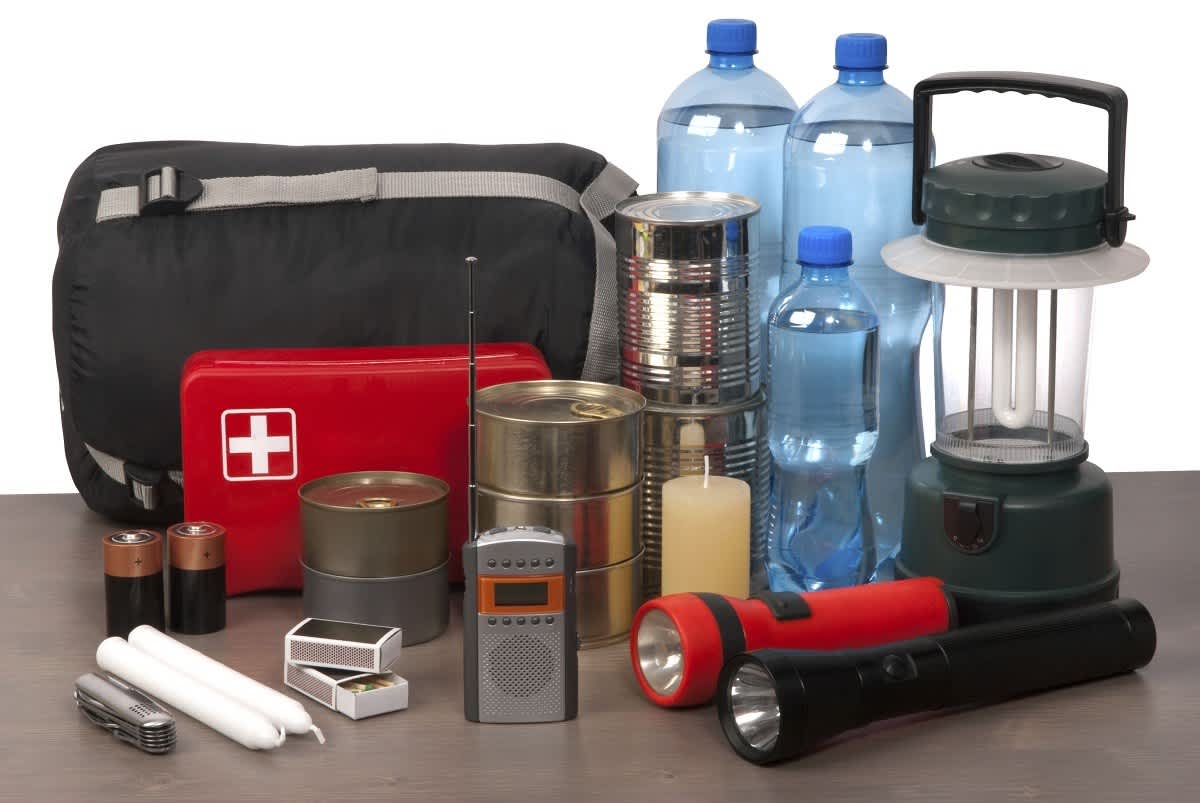The 10 Items You Absolutely Need in Your Bug-out Bag
Daniel Xu 10.14.14

The bug-out bag goes by many names: an emergency preparation kit, a grab bag, 72-hour-kit, a GOOD (Get Out of Dodge) bag, and so on. Whatever it’s called, the bug-out bag is meant for one thing and one thing only—when the chips are down and you can only have what you can carry, it may help you survive. The bug-out bag is sort of like a fire extinguisher—you hope you’ll never need to use it, but you’ll be happy it’s there when you’re trying to put out a fire. While the zombie apocalypse may not be happening anytime soon, more realistic scenarios like natural disasters, power shortages, and even violent conflicts may validate the need for a bug-out bag.
After all, when the going gets tough, the tough get going. When that happens, the space in your bag needs to be well allocated, and you’re going to want to leave the more gimmicky survival gear at home. Whatever else you stuff into your go bag, make sure these 10 are in it.
1. Water container and purification
When you’re on the move, one of the most important things to do is ensure you have access to clean water. Having the proper water container and treatment options are your number-one priority in setting up a bug-out bag. Experts recommend having at least one liter (33.8 ounces, 0.26 gallons) of drinking water per person every day, while three liters is optimum. Water filters and purification items will give you ease of mind when away from safe drinking water. After all, the odds of you finding a crystal-clear stream are remote, especially in urban environments.
2. Food
The standard for a personal bug-out bag is about 72 hours’ worth of food. This is best satisfied by light, non-perishable food items like dehydrated food packs, energy bars, and MREs. Keep in mind that this supply is not supposed to last you for weeks on end. What should be placed into your bug-out bag is meant to hold you over for a few days at most, when things are at its most hectic. Hopefully by the end of this period, you will have access to a more stable food source.
3. Extra clothing
You’re not going to be very comfortable—or hygienic—relying on just the clothes on your back. Extra clothing like jackets, shirts, and socks will take up a lot of space, but they are also invaluable to your survival. What clothes you bring will depend first and foremost on your environment and climate.
4. Medical kit
In an emergency situation, odds are that at the very least, you’ll get scratched up. But you might also suffer injuries that you would normally go to a hospital for, only now you have little to no access to medical attention. Making sure you have adequate medical supplies is a must for a bug-out bag. At the very least you should have a basic first-aid kit. If you have the space, however, you should always add more. Here is a detailed list of medical supplies you can include in your bag by TheUrbanPrepper:
5. Tarp
A tarp is incredibly versatile and can be used to make a number of different shelters. A simple 8×10-foot tarp will cost you just a few bucks, but that money is more than well spent if you ever find yourself in the wilderness.
6. Cordage
How do you think you’re going to tie that piece of tarp to something? From making a splint to lashing equipment and climbing obstacles, having a good length of rope is crucial to your bug-out bag.
7. Light source
Without any proper light sources, don’t expect to be very mobile at night.
Here’s how you can turn a headlamp into an emergency lantern, or even a couple of batteries and a light bulb into a flashlight.
8. Portable radio/communications device
A portable radio, emergency radio, or even a walkie talkie will help you stay connected. In an emergency situation, you need to stay informed. While being isolated and cutting your own path is a romantic notion, knowing which locations are safe and which ones aren’t is incredibly important.
9. Cash
Unless society has regressed overnight to a barter system, cash will still come in handy. A small bundle of this green stuff tucked away in your bug out bag could mean the difference between an empty stomach or a full one, so be sure to save a few bills for an emergency.
10. Knife
A knife is the ultimate tool, and will come in handy wherever you find yourself. Useful for cutting ropes, opening cans, skinning game, batoning wood, and even for self-defense in a pinch, picking the right knife for your bug-out bag is crucial. But with so many different blades to choose from, what should you be carrying? David Canterbury explains his thoughts on choosing a knife and how to use it in the wild.
What’d I miss? Share some of the things you keep in your bag in the comments.

